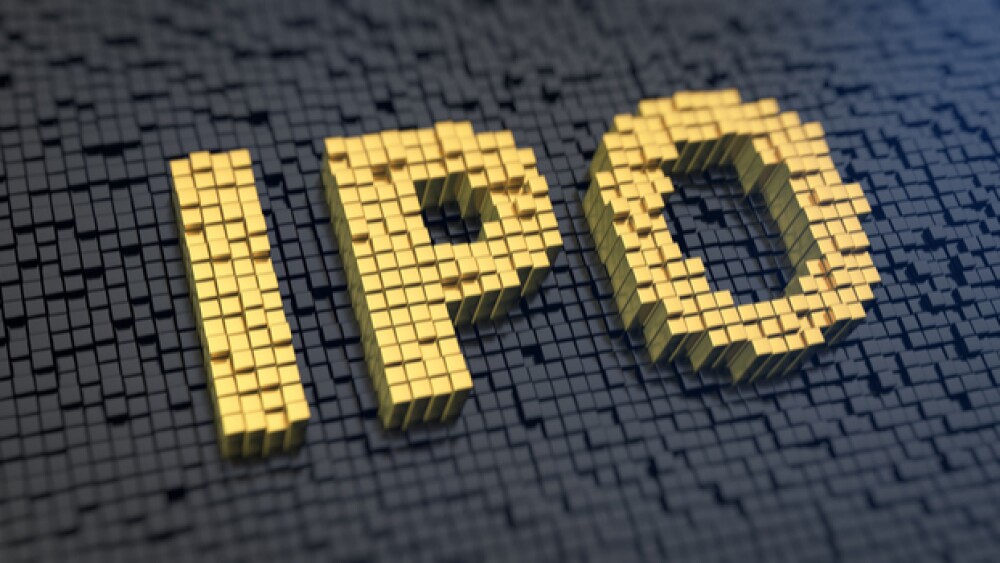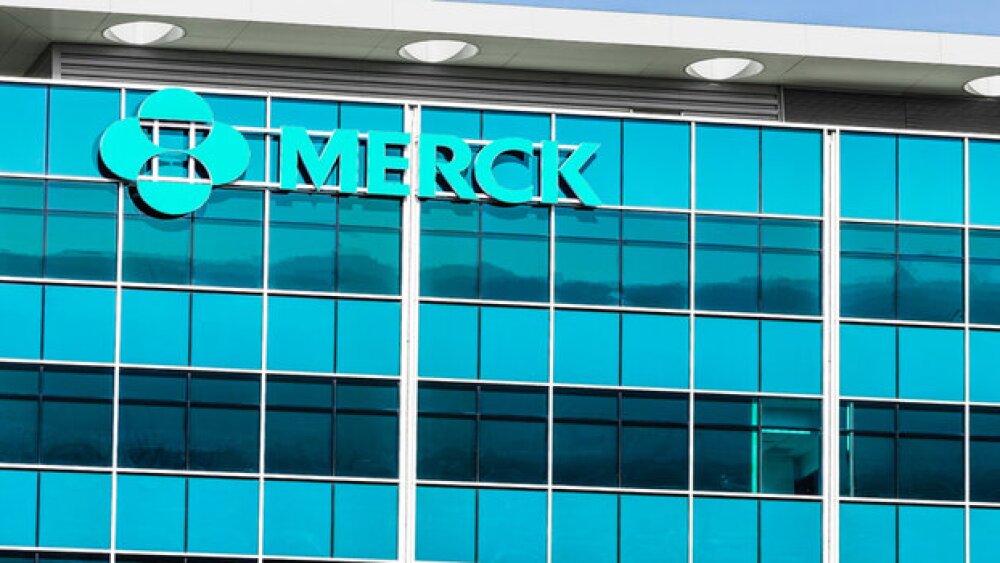The Cambridge, Mass.-based biotech company, which had proposed a $500 million initial public offering (IPO) earlier this month, came back Wednesday with a new goal of $600 million.
It’s very clear that Moderna Therapeutics can raise money. What is less clear is if the company can live up to the hype and enthusiasm of investors.
The Cambridge, Mass.-based biotech company, which had proposed a $500 million initial public offering (IPO) earlier this month, came back Wednesday with a new goal of $600 million.
Since its founding in 2010, Moderna has raised more than $2.6 billion in equity financing. But it still has no product on the market. As of September 30, the company had cash, cash equivalents, and investments of $1.2 billion.
The company focuses on messenger RNA (mRNA) therapeutics. mRNA’s job in the cells is to transport genetic information from DNA to the ribosome, providing the amino acid sequence of the eventual proteins the DNA is coded for. In Moderna’s tech platform, the company engineers mRNA to then deliver whatever protein codes they want the cells to produce, turning the cells into vaccine or drug-manufacturing factories.
There have been difficulties in getting the drugs into cells and there have been lawsuits over which delivery systems Moderna owns. However, in February, Moderna settled with Arbutus Biopharma and Acuitas Therapeutics over the delivery system technology.
The company has a development pipeline of 21 programs. Ten of those are in the clinic and another three have open Investigational New Drug (INDs) submissions. Nine of those in the clinic are in Phase I and one is in Phase II, according to a July corporate update.
The company has not provided any updates on any of its clinical programs. Most recently, on October 8, it published preclinical research in the journal Nature Medicine, demonstrating the utility of its RNA platform to express therapeutic levels of protein in liver tissue in preclinical models of acute intermittent porphyria (AIP), an inherited, rare metabolic disorder.
There’s never been any doubt about Moderna’s ambition. The company’s pipeline include therapies for infection disease vaccines, cancer vaccines, immuno-oncology, regenerative therapies, systemic secreted therapies for diseases like heart failure and Fabry disease, and systemic intraceullar therapeutics for rare metabolic disorders like propionic acidemia, methylmalonic acidemia and phenylketonuria.
Funding has come from investors and grants from the Bill & Melinda Gates Foundation, the Biomedical Advanced Research and Development Authority (BARDA), a division of the Office of the Assistant Secretary for Preparedness and Response (ASPR) within the U.S. Department of Health and Human Services (HHS), and the Defense Advanced Research Projects Agency (DARPA).
The filings with the U.S. Securities and Exchange Commission (SEC) not only updated the proposed IPO but disclosed the size of the company’s largest investors’ stakes. Noubar B. Afeyan, company chairman, holds 19.5 percent, or 58,882,696 shares. Flagship Pioneering holds 18 percent of Moderna shares. They helped launch the company. AstraZeneca, a collaboration partner, holds 8 percent. Harvard Medical School researcher Timothy Springer and affiliates with him hold 5 percent. Stephane Bancel, company chief executive officer, holds more than a 9 percent stake in the company.
Slightly more than half of the expected proceeds of the IPO, about $315 million to $345 million, will be used to fund drug discovery and clinical development. About $75 million to $85 million will fund further development of the mRNA tech platform and creating new modalities. The rest, between $170 million and $210 million, will be working capital and other unspecified general corporate purposes.
The company stated in its amended SEC filing, “We may also use a portion of the net proceeds to in-license, acquire, or invest in complementary businesses or technologies to continue to build our pipeline, research and development capabilities, and our intellectual property position, although we currently have no agreements, commitments, or understandings with respect to any such transaction.”





